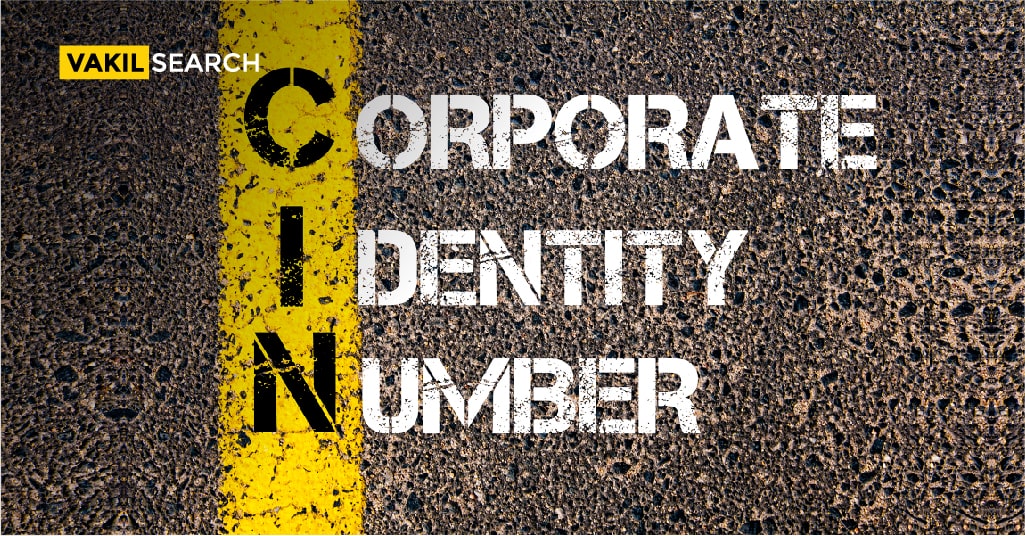All banks registered in India are given a seven-digit code called the Basic Statistical Return Code (BSR Code) by the Reserve Bank of India.
All banks registered in India are given a seven-digit code called the Basic Statistical Return Code (BSR Code) by the Reserve Bank of India. The bank is represented by the first three seven digits, while the branch is represented by the final four. TDS and TCS returns can be filed using the code. The Income Tax department is informed of bank payments through this system, which is also used to keep track of online payments.
Where are BSR Codes Used?
The main applications of BSR Codes are in the submission of Tax Deduction at Source (TDS) and Tax Collected at Source (TCS) rate of return. The Income Tax Department is provided by the banks with a complete record of all online tax payments made, thanks to this code. Documents with BSR Codes typically show up on them include:
- Each challan has a distinct Challan Identification Number (CIN).
- Deduct information from an OLTAS challan.
- TDS credentials.
Code Classification
The seven different categories into which the Basic Statistical Return Codes are divided. Those are
- BSR1- This is relevant to the semi-annual Rates of return on Advances from across all bank branches on the final Friday in June and December. It consists of two sections: Part I is for transactions with limits greater than ₹10,000, and Part II is really for accounts with restrictions less than ₹10,000.
- BSR2- This is relevant to the semi-annual Return Deposits made to all banking institutions on the final Friday in June and December.
- BSR3- This applies to the monthly Return Advances from Head Offices on the last Friday of each month against the Security of Selected Sensitive Commodities.
- BSR4- This is applicable during the last Friday of March, which is the once every two-month Return on Ownership of Deposit Accounts from across all branches.
- BSR5- This relates to the yearly Return on Bank Assets reported by the Head Office at the end of March.
- BSR6- This is valid for the April through March period of the quinquennial report on debits to bank deposits.
- BSR7- For the Research study on Cumulative Deposits and Gross Bank Lending conducted by the bank’s head offices on the last Friday in June, September, and December as well as on March 31, this is done every three months.
What are the Benefits of Using BSR Codes?
Basic Statistical Return Codes have a few noteworthy advantages. Among them are:
-
Income Taxation Abroad:
International tax regulations uphold the need for a bank’s code when sending money abroad. The code makes it easier for tax authorities to monitor payments that an individual sends to another nation. If an international bank in India is used to send the money, the code is required.
-
Enables Senior Citizens to Receive their Pensions earlier:
Senior citizens who want to receive their pension plans without a hitch must have BSR codes. The codes not only facilitate the smooth flow of pensions but also make it easier to compile all the information about a specific bank branch. Seniors must however notify their own bank branch about just the retirement as well as provide their account number along with the Basic Statistical Return Code in order to receive this benefit.
-
Taxation:
Basic Statistical Return Codes are crucial for said Income Tax Department, which uses them to receive and compile data on taxes paid through banks and to upload challan details online.
BSR Codes of Banks
Name of Bank |
BSR Code |
| State Bank of India BSR Code | 000, 002, 006, 010 |
| Axis Bank BSR Code | 636 |
| Bank of Baroda BSR Code | 020 |
| Canara Bank BSR Code | 024 |
| HDFC Bank BSR Code | 051 |
| ICICI Bank | 639 |
| Punjab National Bank | 030 |
| Kotak Mahindra Bank BSR Code | 018 |
The Distinction between an IFSC Code and a BSR Code
They both aid in uniquely identifying the bank, which is why IFSC codes and BSR codes have a similar function. However, the number of figures was using to express the data in each case differs significantly from the other. BSR codes only have seven digits, compared to the 11 letters that make up IFSC codes.
To sum up, filing taxes through banks can frequently become too difficult to trace. However, BSR Codes save the day by streamlining and improving the tracking procedure.
What is the Relationship between BSR Codes and CIN?
On the taxpayer’s counterfoil, a 20-digit unique identifying number known as a challan identification number (CIN) is provided. The Basic Statistical Return Code is contained within the CIN number and is combined with the challan number, which has eight digits, and the date of deposit (5 digits).
What distinguishes the BSR code from the Challan Identification Number?
The Basic Statistical Return Code, which the Reserve Bank of India assigns to each registered bank in the nation, includes the Challan Identification Number. The taxpayer’s counterfoil contains a unique 20-digit number called the CIN. The challan number, the payment deposit date, and the BSR code, which is associated with the CIN number, form a distinctive combination.
FAQs:
1. What does BSR stand for in banking terminology?
BSR stands for Basic Statistical Return Code. It is a unique 7-digit code provided to all registered Indian banks by the Reserve Bank of India (RBI).
2. Is the BSR code unique for each bank branch?
Yes, the BSR code is unique for each bank branch. The first three digits of the code represent the bank, while the remaining four digits represent the branch.
3. Is it mandatory for banks to have a BSR code?
Yes, it is mandatory for banks to have a BSR code. The code is used for filing TDS and TCS returns, and it is also used to maintain records of online payments. The Income Tax department is alerted about the payment through banks using the BSR code.
4. Can two different bank branches have the same BSR code?
No, two different bank branches cannot have the same BSR code. The code is unique for each bank branch.
5. Is the BSR code system used internationally?
No, the BSR code system is not used internationally. It is a code system used only in India.
6. Can I perform banking activities using just the BSR code?
6. Can I perform banking activities using just the BSR code? No, you cannot perform banking activities using just the BSR code. The code is used for filing TDS and TCS returns and is not used for banking transactions.
Conclusion
To know more about the Basic Statistical Return Code and how it works, Vakilsearch offers the best legal support for any additional information. Call us to know more about the same.
Read more:
- What Is the CIN?
- How Much Time Is Required To Incorporate a Company?
- Check Here How to Register a Company?










